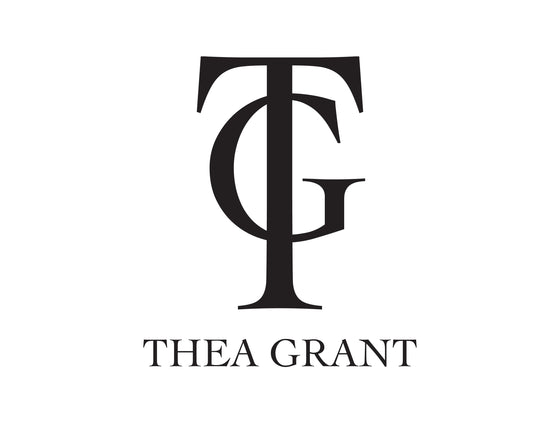Victorian starburst gold-filled locket necklace























Regular price $195.00
Antique, Gold-Filled Locket Necklace, with single paste-set starburst.
Among our most popular antique Victorian and Edwardian lockets is the starburst locket. This style of locket dates to the latter half of the 19th century, and as with the majority of lockets at this time, it was produced with the option to be engraved with a monogram on one side. The hand engraved monogram here is 'MK'. The locket opens top to bottom and there is room for two photographs inside, with the both of the original inset photo frames and celluloid photo protectors intact, though they are yellowed with age. The hallmark indicates that this locket was made by the Wightman & Hough Company, a well known manufacturer of high-end gold-filled lockets operating between the 1850's-1920's in Providence, Rhode Island. On the reverse side from the monogram, this particular locket is set with a darkened, translucent paste crystal in the center of the spokes of a simple, hand carved starburst, representing the North Star.
The North Star--
If you follow our work, you will see a deep adoration and exploration of this theme of the North Star both among the pieces that we make ourselves and the pieces we collect and include regularly in our Estate Collection. We have offered countless antique original variations of this locket, and even created an entire collection of brass and diamonds based on the North Star (see the collection here).
These stars were most popular in the 19th century and were featured on jewelry and accessories for both men and women. The stone at the center ranged from precious to semi-precious in congruence with the value of the metal employed...This engraved star can also be interpreted, depending on how much it is embellished, as the compass rose, a sunburst or cosmic body.
A note about the metal~
This locket is 'Gold-Filled'. This means the surfaces are gold, but the center of the metal is not. The minimum gold content is 1/20th the total weight of the piece. Gold-filled is made when two sheets of gold are physically bonded (usually pressed together by rollers) on either side of a sheet of 'fill' metal (usually a jewelers' brass). The resulting sandwich is then shaped into the object desired.
A note about Paste~
Pastes are considered the precursor to modern-day rhinestones. Depending on the period and location, 'paste' was made from different materials, but for the ones here and in much of the Victorian period, paste was a handmade crystal meant to offer the customer a less expensive version of diamonds. Paste qualities vary widely because each batch would have been a proprietary blend made by an individual jeweler or manufacturer using various proportions of lead in a glass matrix. The addition of lead adds a smoothness and an ability to refract light that glass alone cannot offer. The stones were hand cut according to the old diamond cuts of the time and hand polished and foiled on the underside to reflect light, and in their days of glory sparkled like diamonds.
The industrial and engineering advances of the late 19th century lead to new machinery being invented for the cutting of stones, allowing for less expensive, mass production of what we would now consider 'rhinestones'. While mass-produced rhinestones have aesthetic limitations, the beauty of pastes is that the best quality pastes could fool the eye of the beholder entirely because they are such good imitations of diamonds, and even today some still do.
MATERIALS: 10-12k bonded to an under metal, most likely jewelers' brass, crystal.
HALLMARKS: W&H co inside a heart (see above notes)
CHAIN DETAILS: Ships on a new 18" long necklace: 1mm ball link chain in 14K Gold-fill.*
CHARM DIMENSIONS: Locket Diameter 1"(25mm) x 3/16" Deep (5mm). The top loop adds another 4mm to the height of the locket.
CONDITION: Very good. Closes well, some light visible abrasion to the surface. No dents. Paste has darkened to appear almost dark grey.
*Other chain lengths and styles are available upon request.
























